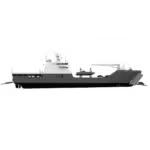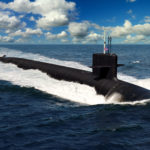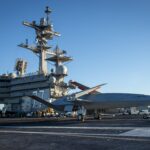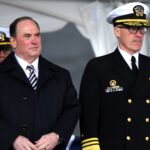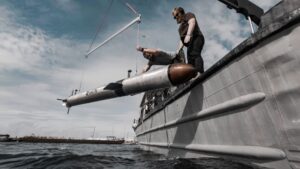
The Senate Armed Services Committee’s (SAC) version of the draft fiscal year 2025 National Defense Authorization Act (NDAA) pushes the Navy to procure a second attack submarine, third destroyer and showed concern about ship design maturity issues. The committee announced on Friday it had passed the bill, with it next to go to the full Senate floor. Like the House Armed Services Committee’s version, the Senate bill exceeds the Navy’s request for just one Virginia-class attack submarine (SSN) in FY…

 By
By 